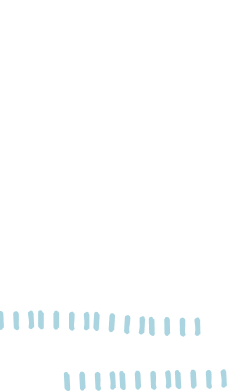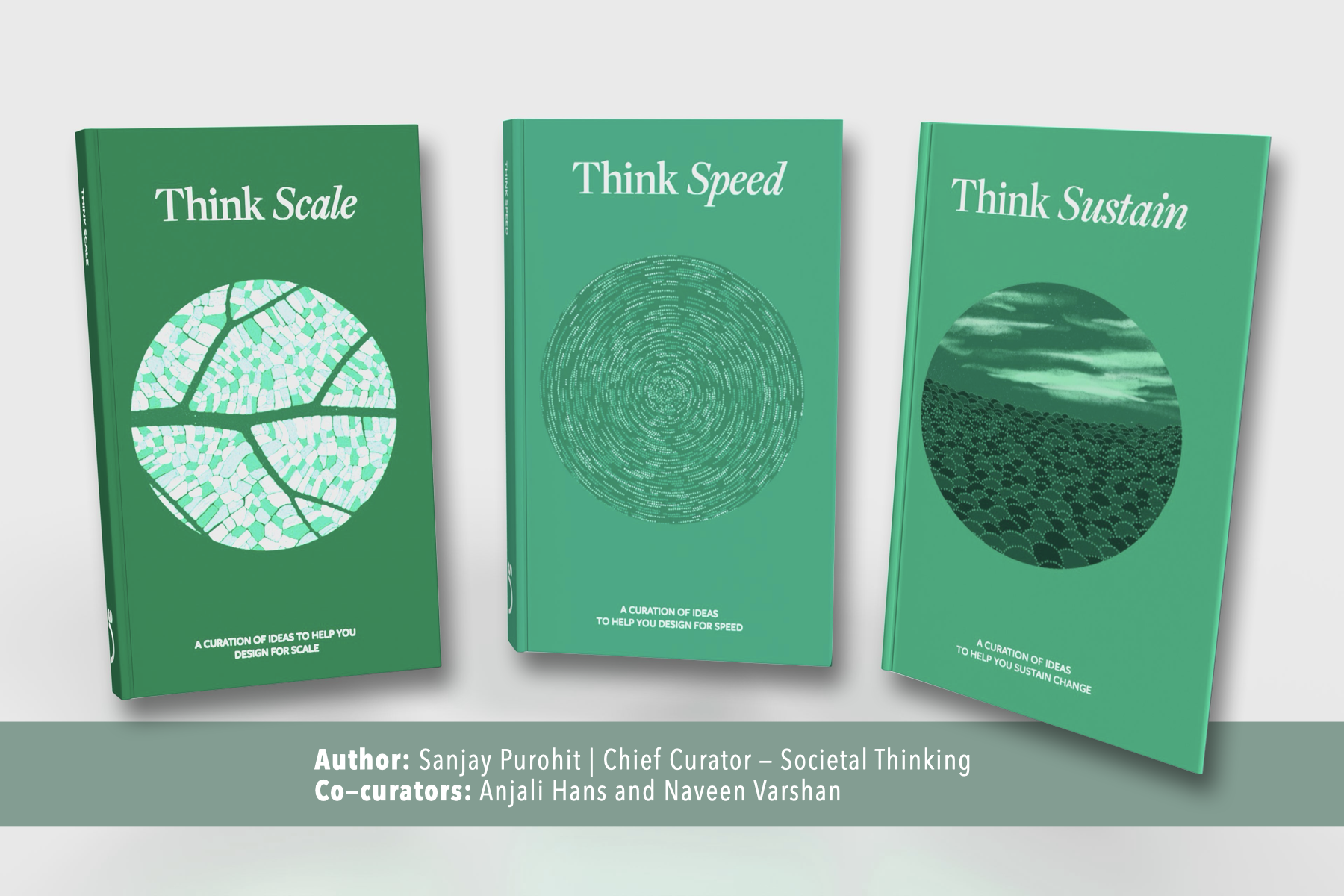Water scarcity is an ongoing crisis that affects nearly millions of people in India each year. Arghyam was founded in 2005 to support sustainable water and sanitation solutions.
In its initial phases Arghyam partnered with like-minded organisations to implement participatory groundwater management (PGWM) on the ground. Over time, they tried to scale this work through collaboration networks. As their knowledge and understanding grew over time, they started sharing these stories of water management, working papers, reports, open data, etc. and building communities around water on India Water Portal. Since then, the portal has evolved to become one of the foremost sources of information in India for water, highlighting stories of change from the ground and catalysing collective action. These various interventions were successful in ensuring water security at reasonable scales. Yet, the problem constantly seemed to outpace the solutions.
Arghyam’s 13 years of experience of working on ground showed them that communities are capable of taking care of their water resources if their agency is built and they are provided with the right kind of knowledge and data. This led Arghyam to ask themselves: How can all the communities that are affected by the water crises be empowered to solve their issues? And this gave birth to the next phase of Arghyam’s journey: ForWater, a platform that re-imagines solution building and community empowerment, using the levers of knowledge and data.
Here are a few snippets from our conversation with Arghyam’s CEO, Mala Subramaniam, tracing Arghyam’s journey and their mission to enable water security for 100 million by 2023.
- What led you to start thinking of a new way to scale your impact?
Back in 2005, we were the only water-focused organisation. In our initial phase, we spent time understanding the landscape, doing on-ground work and building collaborations. Our strategy was to demonstrate workable models of change, impact policy and hope that the government would eventually scale at a population level. Our efforts yielded results in small pockets. However, we realised that it would take us 30,000 years to solve the problem of water security with our current mode of replicating small pilots! We knew it was time to pause and reassess our strategy. To solve this problem at scale, we had to design our solution for scale! We asked the question, “Is there a way in which we can scale exponentially?”
Societal Thinking helped us explore ways to induce the exponential change that we sought. Our focus changed from doing/funding a few interventions to building capacities of front-line workers or “first-mile”. Technology emerged as a way to build infrastructure that makes knowledge fluid, increases transparency, “lightens-up” appropriate assets, and increases interactions between diverse actors – without placing impossible expectations on existing resources.

- What has been Arghyam’s Societal Thinking journey in the field of water management?
The first shift was to focus on the “first-mile” users, i.e., those directly affected by the problem. We invest in first-mile users who are aware of their local geology, are directly dependent on water resources and need structured knowledge to improve its quality, access and conservation. We have partnered with Sunbird, an open-source configurable digital infrastructure, for our learner-centric short and specific demand-based digital content.
The next shift was to create a structure that would connect and increase interactions between various ecosystem actors such as master trainers, trainers, trainees and communities, ensuring that the training curriculum is participatory and demand-based rather than one-size-fits-all. For this, we partnered with Socion which provides training with attestation. This gives real-time reliable data of everyone who has been trained through the Participatory Digital Attestation Program (PDAP).
The last shift was to create a digital repository of trained resources all over the country. This ensures that participants get recognised in the ecosystem, create networks, and through the certification system, get more livelihood opportunities for those working in the water ecosystem.
- Can you give us a glimpse into Arghyam’s impact at scale?
In the last 18 months, these digital commons have connected to 13,000 practitioners and experts through 693 training sessions which have, in turn, led to over 5,000 interactions. More than 2,500 pieces of trustworthy content on diverse water-related topics have been created. Collectively, more than 60,107 plans have been created using the Composite Landscape Assessment and Restoration Tools (CLART).
Overall, we see an increase in the agency of various ecosystem actors, and many instances of government, market, and civil society coming together to solve the water crisis.
Impact at scale is a collective effort, and at Arghyam, the vision to ensure “safe, sustainable water for all” is achieved with partners, networks, and most importantly, by empowering those closest to the problem to come up with solutions that serve them best.
Learn more about Societal Thinking here.
 Back
Back


